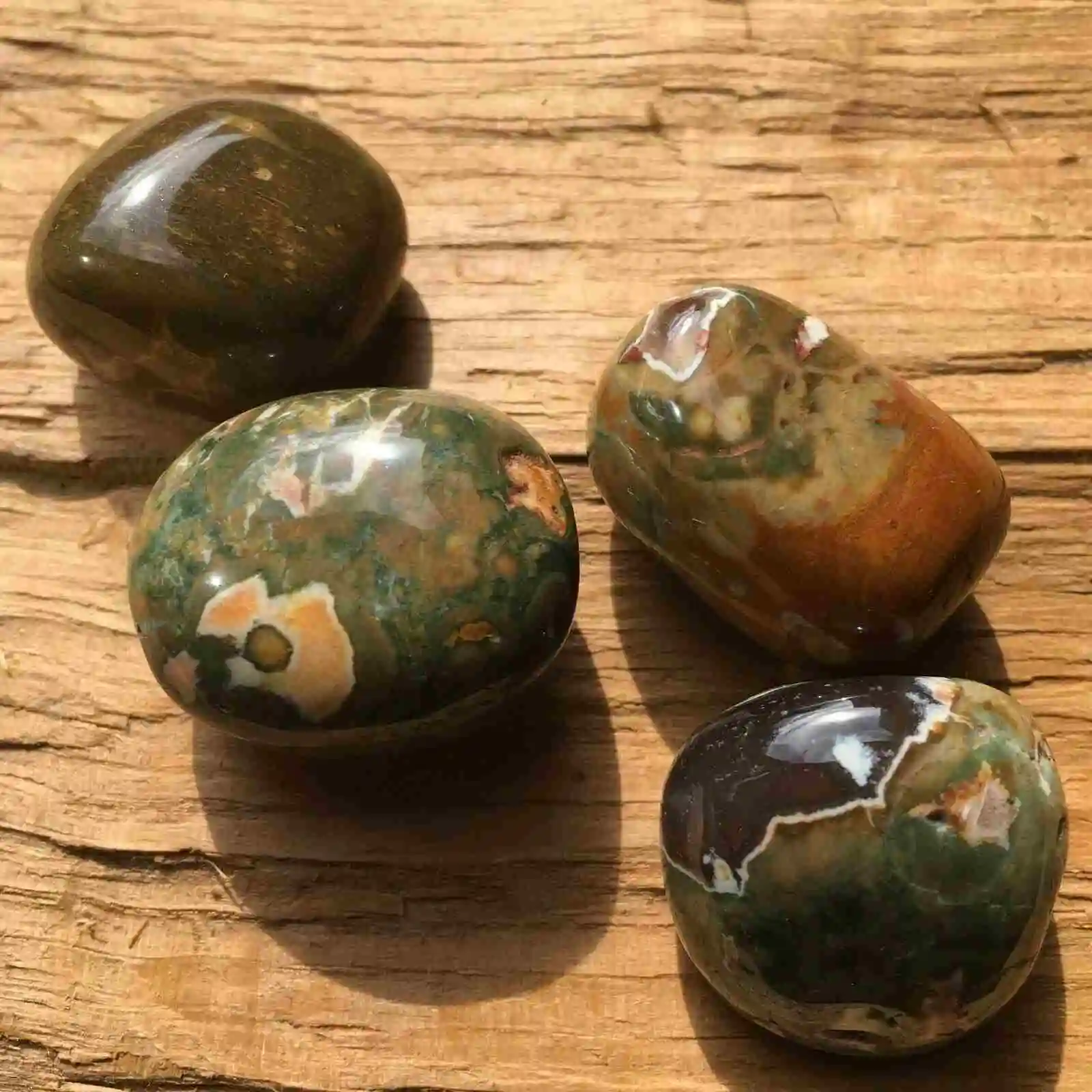Rhyolite, a stone that’s silica-rich and formed from volcanic eruptions, can be found in places like New Zealand, Meico, Germany, China, Alaska, and India. It’s known for its health benefits and is commonly used in various accessories. Found near active volcanic beds, rhyolite isn’t consistently easy to come by. Its captivating colors and patterns have made it a sought-after stone with a wide range of uses. Back in the day, it was even used in weapon making, showcasing its versatility and importance through the ages.
What are the Benefits of Rhyolite?
The benefits of rhyolite include:
- It offers protective benefits against thyroid disorders.
- Helps alleviate joint and muscle pain.
- Effective in the treatment of skin conditions.
- Aids in the treatment of infections.
- Facilitates the absorption of vitamins, especially vitamin B.
- Benefits the kidneys and protects against renal disorders.
- Helps relieve skin problems like itching.
- Improves body balance and boosts resilience.
- Strengthens the immune system.
- Assists in regulating blood circulation.
What’s the Use of Rhyolite?
Those who use rhyolite mainly do so for its ornamental value.
Its uses span several areas:
- Boosts self-confidence and self-respect.
- Helps distance oneself from unnecessary and negative thoughts.
- Increases feelings of happiness and joy.
- Provides strength and rejuvenates energy.
- Prevents scatterbrain, enhancing better focus.
- Is believed to attract prosperity and abundance.
- Encourages decisiveness and aids in mindful actions.
- Integrates spirit and body, fostering balance.
- Helps unleash imagination, skills, and potential.
What does Rhyolite Mean?
The essence of rhyolite can be captures as the “stone of meditation” and “stone of resolution”. Its calming and peaceful energy makes it a popular choice during meditation. Believers attribute healing properties to each of its vibrant colors, claiming it eases both spiritual and physical pain while driving away negative thoughts and emotions.
What are the Characteristics of Rhyolite?
The characteristics of rhyolite include:
- It can be found in shades of green, pink, beige, brown, gray, and red.
- It’s moderately hard. While not too challenging to work with, it’s not particularly resilient, hence should be handled with care.
- Has a porous surface.
- Unlike other stones, it’s not associated with any zodiac sign or planet in astrology.
How Can You Tell if Rhyolite is Real?
There’s not much to it when it comes to determining whether rhyolite is genuine. Given its low market value and rarity, pricing isn’t a reliable authenticity indicator. A test for authenticity could involve checking for paint decay when the stone is eposed to high heat. Stones that show color bleeding, staining, or paint peeling over time are undoubtedly fake.
How Should Rhyolite be Cleaned?
Cleaning rhyolite should be done gently, using a soft cloth or brush. espite not being too delicate, it’s not very durable, so one should clean it with caution. It’s advisable to clean it before it becomes too dusty or dirty. Its porous nature makes it prone to trapping dirt. Water should not be used for cleaning; instead, it’s recommended to simply wipe with a dry cloth. Incense is commonly used for renewing its energy and purifying it energetically. If worn as jewelry, ensure it doesn’t come into contact with perfumes or other such products. It’s advised to remove it before showering or eercising to prevent water eposure and sweat contact.
